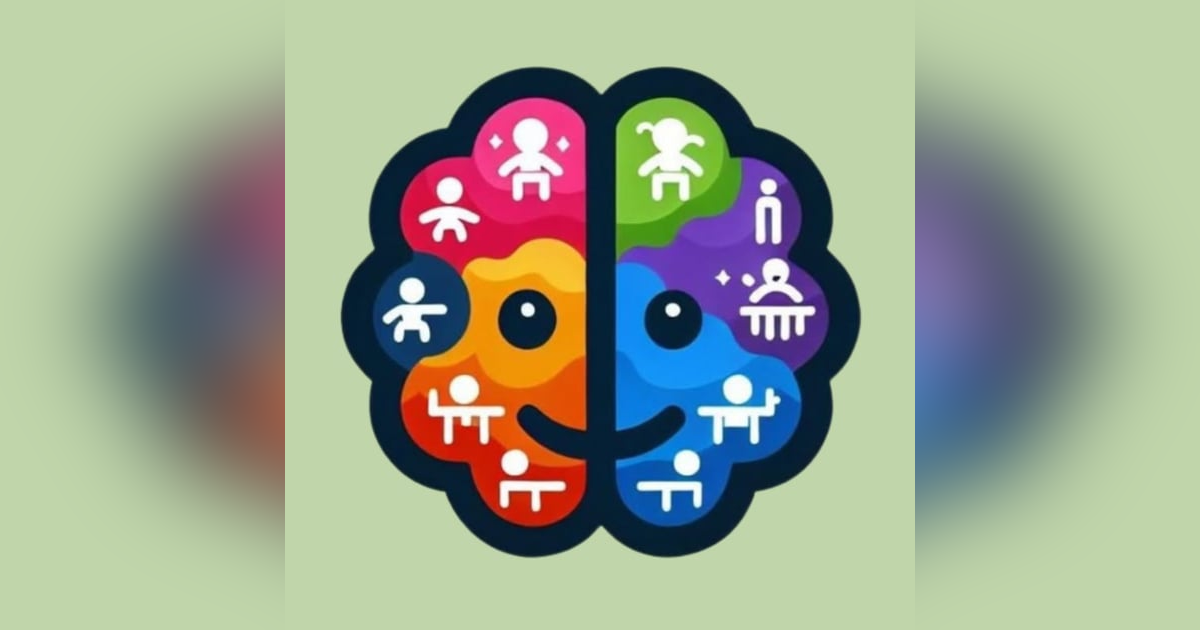Episode 2 - Supporting Students with ADHD in the Classroom

In this episode, we dive into one of the most recognised neurodivergent profiles in education: ADHD (Attention Deficit/Hyperactivity Disorder). We unpack what ADHD really is, debunk common myths, and explore the unique challenges students face. Most importantly, we share practical, compassionate strategies for teachers to support neurodivergent learners in inclusive classrooms. From classroom adaptations to self-regulation tools and real-life case studies, this episode is packed with insights to help educators create environments where all students can thrive.
#Attentiondefficithyperactivitydisorder #ADHD #ADHDInTheClassroom #Neurodiversity#InclusiveEducation #TeacherTips #ADHDAwareness #ADHDEducation #ClassroomStrategies #NeurodivergentStudents #EducationPodcast #TeachingWithEmpathy
Welcome back! In our first episode, we explored the difference between neurodiverse and neurodivergent. To recap briefly:
- Neurodiverse refers to the diversity of all human brains – the full spectrum of how people think and process information.
- Neurodivergent is used to describe individuals whose cognitive functioning differs from what's considered typical – including ADHD, autism, dyslexia, and more.
ADHD – attention-deficit-hyperactivity-disorder. We’ll unpack what it is, common misconceptions, challenges students face, and practical strategies for teachers.
- What is ADHD? It is one of the most recognised neurodivergent profiles in the classroom
ADHD is a neurological condition that presents in three types:
- Inattentive Type
- Hyperactive-Impulsive Type
- Combined Type
For a diagnosis, students under 17 must exhibit at least six symptoms within one category, or twelve if diagnosed with the combined type.
Common symptoms include:
- Inattentive traits: poor listening, distractibility, losing items, time blindness, making careless mistakes, and struggling to complete tasks that aren’t interesting.
- Hyperactive/Impulsive traits: fidgeting, excessive talking, difficulty staying seated, interrupting, and impatience during group activities.
These traits can show up differently in every student and are often masked through coping strategies, making observation and open conversation crucial.
- Challenges and Misconceptions
Students with ADHD face unique challenges, including:
- Struggles with organisation, time management, and sustained focus.
- Emotional regulation difficulties and social misunderstandings.
Common misconceptions include:
- That students with ADHD are lazy or unmotivated.
- That ADHD only looks like hyperactivity – many students are primarily inattentive.
- That students with ADHD “just need to try harder.”
- In reality, many of these students are resilient, self-aware, and hyper-focused in areas of interest. hat hyperfocus or hyper attention on topics or experiences they enjoy, does not mean they do not have ADHD, it is one of the traits.
- Strategies for Teachers
To support students with ADHD:
Consistency and Routine:
- Use term planners and daily timetables.
- Maintain predictable routines with clear behavioural and academic expectations.
Classroom Adaptations:
- Provide movement-friendly tools (vibrating boards, balance boards).
- Set up calm corners with textured cushions.
- Use noise-cancelling headphones and quiet background music.
Instructional Support:
- Give verbal and written instructions.
- Break tasks into manageable steps, using visual aids and post-it note reminders.
Organisation Assistance:
- Offer reminders about materials.
- Prompt next steps after lessons.
- Help students manage belongings and transitions.
Self-Regulation:
- Teach breathing exercises and discreet strategies like thumb-to-fingertip tapping.
- Reinforce use of self-regulation tools as part of normal classroom practice.
And remember: pick your battles. Instead of punishing lateness or disorganisation, help students develop workable strategies and celebrate progress.
- Case Study/Example
One student I worked with struggled daily with lateness and lost belongings. Rather than focus on discipline, we worked together on solutions: checklists, labelled trays, and visual cues. We celebrated small wins. Over time, his confidence and independence grew. The key was collaboration, predictability, and positive reinforcement.
- Resources
Some helpful resources include:
- Books: Driven to Distraction by Dr. Edward Hallowell, Smart but Scattered by Peg Dawson.
- Websites: CHADD.org, ADDitude Magazine, RaisingChildren.net.au.
- Assessment tools: Vanderbilt Assessment Scale (often used by clinicians with teacher input).
- Engagement
We’d love to hear your stories and questions about teaching students with ADHD. What has worked in your classroom? What challenges do you face?
If you found this episode helpful, please subscribe, share with your colleagues, and stay tuned for the next instalment where we’ll explore strategies for supporting students with Autism Spectrum Disorder in the classroom.